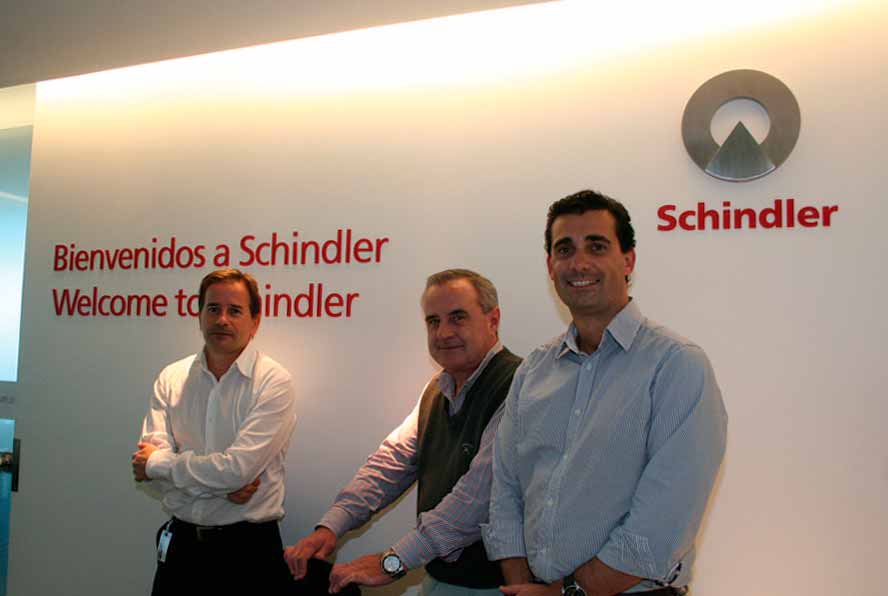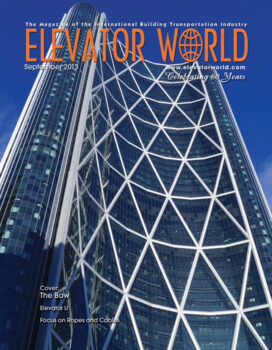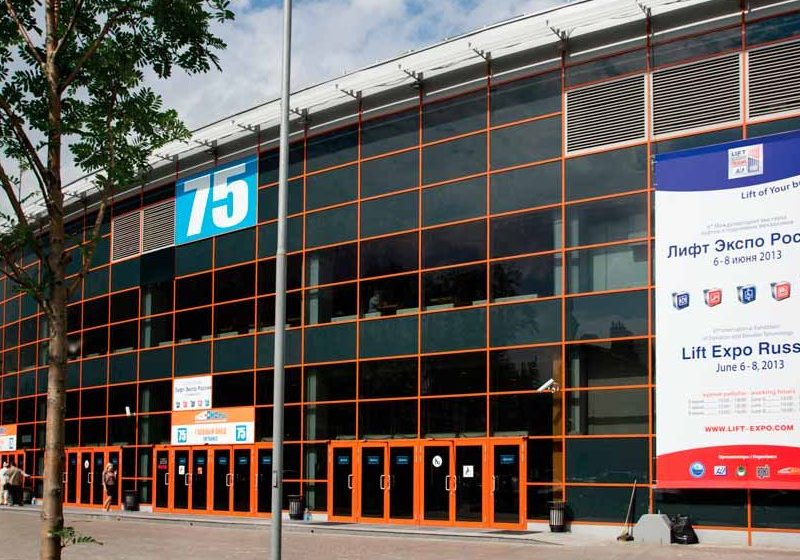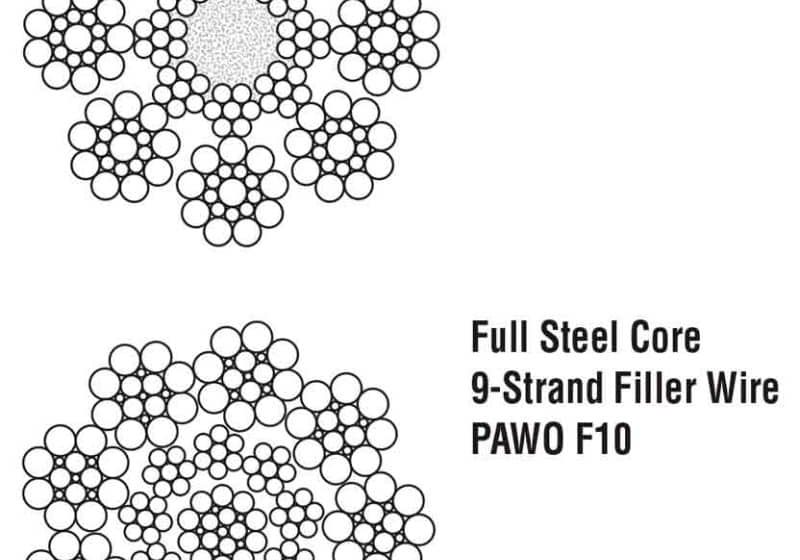Schindler Presents PORT to Argentina
Sep 1, 2013

Schindler gathered a group of the country’s building-industry professionals to punctuate the launch of its new product there.
The presentation of Schindler’s Personal Occupant Requirement Terminal (PORT) technology in Argentina reunited approximately 60 local building-industry professionals. The event took place on April 25 at the Hotel Intercontinental located in Nordelta, a conspicuous building development in Buenos Aires, where Schindler S.A.’s General Manager Patricio Peralta welcomed architects, developers, builders and elevator consultants. He introduced Christian De Preux, Schindler regional manager in Mexico City, who informed the audience that the PORT technology is a thoroughly tested product. It is being presented to customers in each country where technicians and salespersons are trained on its technicalities to ensure proper operation. The system was launched in Colombia, Peru and Mexico under the same scheme.
Stefan Isler, Schindler 7000 manager, who attended the presentation from the Top Range Division in Ebikon, Switzerland, rendered a detailed description of the PORT technology together with the Schindler 7000. The elevator was developed in Switzerland and is prepared to meet various challenges high-rise buildings face regarding compliance with code requirements for global applications. It is a standardized model for high-rise buildings that efficiently serves various users. Environmentally friendly, its operation requires 50% less energy compared to that of conventional models, recovers it with minimal heat and is built with lighter, more-durable materials. However, traffic handling is one of the most challenging aspects of some modern installations.
The process that led to the solution for this problem was presented by Isler, who covered the times during which elevator operators, earlier-model push buttons and automatic controllers were used. Systems and performance were improved by the use of microprocessors and computers. However, by 1990, the existing technology was not enough to improve the elevator performance in increasingly taller buildings. Traffic handling that required knowing the floor destination of each passenger was developed. To this aim, Schindler started the development of its Miconic 10 anticipated call technology. It features a 10-digit screen and indicates the assigned elevator according to destination. The system was improved with the addition of the digital-card Schindler ID that recognizes the passenger’s identity and destination requirements.
Isler pointed out that traffic management was developed by taking into account the following issues:
In the elevator industry, the same company often fulfills two functions: producing and operating the elevator.
To achieve more-efficient traffic handling, it is now necessary to widen one’s focus to see the building as a whole.
Buildings are becoming increasingly higher and more sophisticated, and building professionals expect new and improved vertical-transportation solutions.
Though passenger wait times could have been minimized using certain algorithms, it was not possible to construct a building with a central elevator nucleus using the available solutions. For these reasons, Schindler developed the PORT Technology to handle traffic.
Characteristics of PORT
PORT provides more information to users than elevators have traditionally given. It features a touch screen or 10-digit pad, microphone, proximity sensor, card reader and microprocessor, and is equipped with a loudspeaker located at the rear. The terminal can be mounted to a wall, on a pedestal or horizontally on the access barriers.
Main Functions
PORT can be used without a card, and the user can observe all available floors when within proximity. It is possible to access the elevator using the card without touching the system, because it recognizes the user’s usual destination. The terminal will show the destinations the user has historically chosen, and the user can choose the floor by withdrawing the card.
If the user is pushing a cart or using a wheelchair, the system will assign an elevator with a larger car. In addition, the terminal will not allow a passenger who has crossed the barrier to hand his or her card to someone else. Building evacuations where PORT is installed are designed to be easier and safer, because the system can provide information on the number of people on each floor and, consequently, know the number of elevators needed at each floor. The elevators must arrive at the same time and open their doors simultaneously to avoid a disordered boarding. This could be a possible function in case of fire emergencies if codes would permit the use of elevators for evacuation in the future. It is also possible to graduate the waiting time and to put some elevators in standby mode at certain hours to save energy.
Isler concluded his presentation with the mention of the International Commerce Center in Hong Kong, the first building to feature the PORT. Peralta closed the first part of the event and awarded commemorative diplomas to Hernan Zakin and Cristian Costantini, representatives of Consultatio Real Estate, which had Schindler S.A. install its first PORT system in the Consultatio Tower.
Afterward, attendees were invited to examine the PORT terminals installed at the venue. Schindler S.A.’s trained personnel explained the operation and answered many questions. The guests, representing some of the most important Argentine building companies and architectural studios, seemed pleasantly surprised by the technology and showed great interest in the display and explanations.
Visiting Schindler Argentina
Your reporter (EW) was invited to visit the new headquarters Schindler S.A. recently opened in Greater Buenos Aires. It was also an opportunity to interview Patricio Peralta (PP), general manager for Argentina and Uruguay since 2011, and Eduardo Sellart (ES), the company’s marketing manager for the same area. They rendered a detailed explanation of Schindler’s activities in the region and gave a preview of the PORT technology that would be presented to the Argentine building market.
EW: How is the Schindler Group organized in Latin America?
PP: Schindler S.A. and the rest of the group’s branches in the region depend on the central headquarters, located in Mexico City.
ES: Schindler in Brazil stands alone with a plant that is 80% robotized that also outsources products to achieve the “just in time” logistic for elevators and escalators in Latin America. In the U.S., Schindler follows a different product policy according to the local market.
EW: Where are Schindler’s products manufactured to supply the Latin American markets?
PP: The factory in Londrina, Brazil, is working at full capacity manufacturing the Series S3300, S5400 and S5500 elevators. In Argentina, we import three products from Schindler’s Asia Pacific factories: the S3300, S5400 and custom modular S5500. We are also ready to supply the S7000 model range in the Argentine market. This model is produced in Schindler’s factories in China and Southeast Asia, with components developed in Switzerland. However, this is a general categorization, because each one of these products offers various possibilities. In fact, the Schindler Group is advancing toward the production of global products.
EW: Which Schindler elevators are installed most in Argentina?
PP: The S7000 line is the most appropriate for buildings up to 150 m high, but the S5400 model can also serve buildings with particular characteristics. It has been improved, so we can use it in installations that would previously require the S7000 model. The S5500 model is an interesting product for top-range customers. However, the usual height for buildings in our country is 10 floors, where we typically install the S3300 model, which has become flexible and reliable and is used in condominiums that group several five- or six-floor buildings equipped with several elevators.
ES: The S3300 model is a gearless, machine-room-less elevator hoisted by means of a flat belt that travels up to 2.5 mps. This traction system allows an 8-cm sheave and a small machine that weighs 150 kg. It is convenient for medium-height installations.
EW: Has the 7000 model been installed in Buenos Aires?
ES: Yes. It requires a machine room and has been installed in two high-rise buildings – the Renoir 2 and Mulieris in the Puerto Madero fashion district. But, it is convenient for installations traveling at 3 mps or faster.
EW: How does Schindler operate in Argentina?
PP: We sell and import the products installed and maintained by our trained and certified technicians and mechanics according to Schindler’s requirements. There are around 200 people that work here in our 350-m2 headquarters, and a depot and offices located in downtown Buenos Aires. In accordance with the latest requirements of the Argentine Secretary of Commerce to balance imports and exports, Schindler S.A. compensates its imports by exporting locally manufactured and certified elevator components to its branches in Brazil and Colombia.
EW: How is Schindler ranked in the Argentine market?
ES: Competition is strong in a market with standardized products, and each company has its own policies. As a result, this competition is beneficial for the customer. Prices have plummeted when compared to those of 30 years ago. The key is to provide an efficient, industrialized product so architects and builders can develop buildings according to these products.
EW: How important are modernization and maintenance for Schindler S.A.?
ES: Modernizations of high-speed elevators are very important for us. Argentina boasts quite an amount of elevators, specially located in office buildings that suffer from wear and tear. There are still old buildings with elevators running at 3 mps and multi-voltage machines.
PP: Maintenance is absolutely significant for Schindler S.A. In fact, our business is divided into two halves – maintenance and new installations. Something similar happens in Uruguay. Schindler’s policy is to sell elevators where the company can maintain them, because the concept is to be near our product. We deal with demanding customers and elevators in hospitals, hotels, shopping centers and casinos that require permanent attention.
Following the interview, your reporter sensed there was great anticipation regarding the PORT technology presentation that would take place the following week.
Get more of Elevator World. Sign up for our free e-newsletter.







